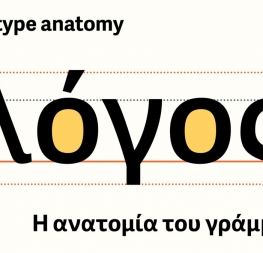Beginner’s guide to multiscript typography
March 2020
If you are working on a design project involving several of the world’s languages — as so many projects these days do — one of your toughest challenges will be to create a functional yet attractive multiscript typographic palette. Imagine trying to pair Arabic with Greek, or Devanagari with Hebrew, or Latin with Thai. If you are not confident you can do this with a high degree of professional excellence, this guide is a great starting point to help you learn how to successfully match and work with typefaces across two or more scripts.





